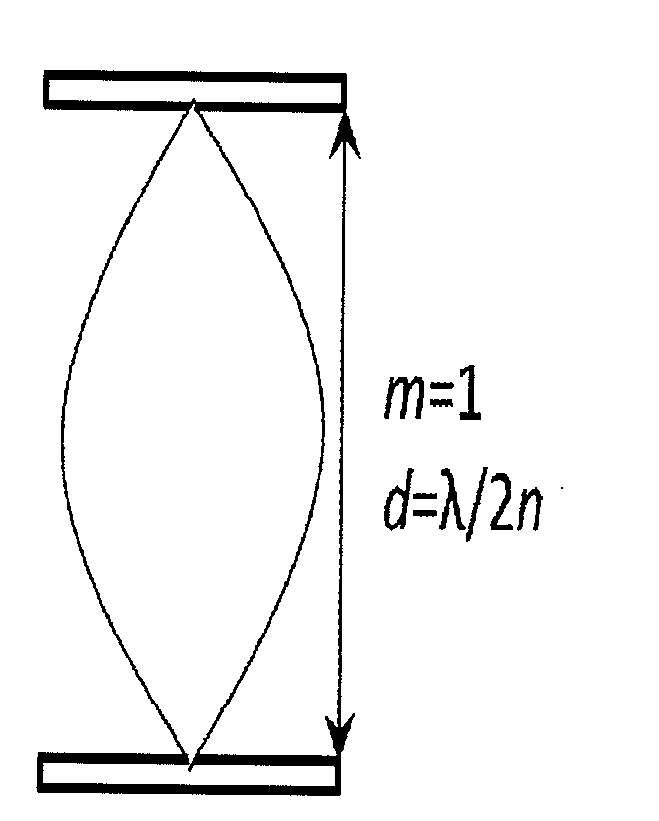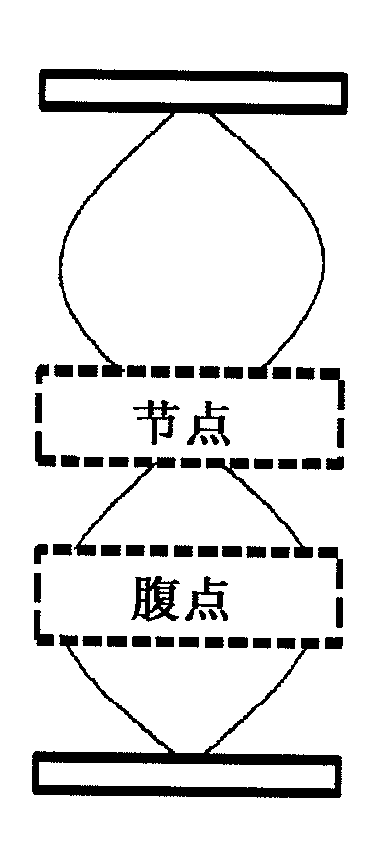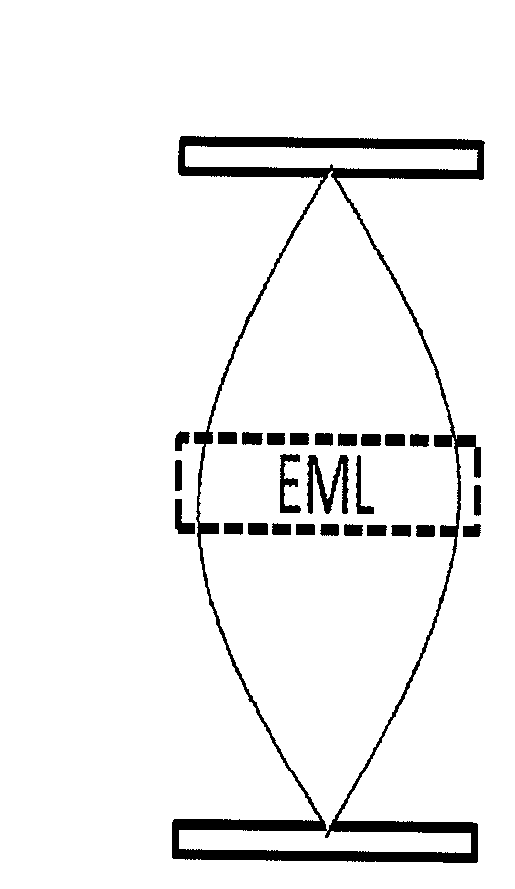Materials and methods for controlling properties of organic light-emitting device
A technology of organic light-emitting devices and organic materials, which is applied in the manufacture of electric solid-state devices, semiconductor devices, and semiconductor/solid-state devices, etc., can solve the problems of dissatisfaction, long deposition time, slowness, etc. Effect of deposition rate
- Summary
- Abstract
- Description
- Claims
- Application Information
AI Technical Summary
Problems solved by technology
Method used
Image
Examples
Embodiment 1
[0124] This example shows the function and excellent performance of the OLED component according to the invention and its manufacturing method. For a 100 nm thick film, 2 drops of ink (about 12 parts per trillion liters) were applied at 100 Hz at an ink concentration of 1.2%. The loading temperature was 150°C. A boiling temperature of about 250°C for a period of time from about 200 milliseconds to about 1.0 second is used. Then, a temperature ramp from 250°C to 380°C for a period of about 200 microseconds to 800 microseconds was used to evaporate the solids. A cleaning temperature of 350°C to 900°C is then used. The printing pitch is about 50 μm. The in situ deposited film was found to look hazy and had an AFM surface roughness greater than 5.0 nm. The printed film is post baked at about 150°C to about 200°C for about 10 seconds to about 5.0 minutes on a hot plate in a nitrogen atmosphere. Atomic force microscopy (AFM) data confirmed that the surface roughness dropped bel...
PUM
| Property | Measurement | Unit |
|---|---|---|
| Surface roughness | aaaaa | aaaaa |
| Conductivity | aaaaa | aaaaa |
| Roughness | aaaaa | aaaaa |
Abstract
Description
Claims
Application Information
 Login to View More
Login to View More - R&D
- Intellectual Property
- Life Sciences
- Materials
- Tech Scout
- Unparalleled Data Quality
- Higher Quality Content
- 60% Fewer Hallucinations
Browse by: Latest US Patents, China's latest patents, Technical Efficacy Thesaurus, Application Domain, Technology Topic, Popular Technical Reports.
© 2025 PatSnap. All rights reserved.Legal|Privacy policy|Modern Slavery Act Transparency Statement|Sitemap|About US| Contact US: help@patsnap.com



